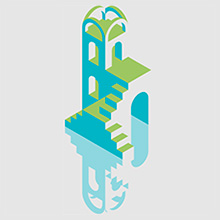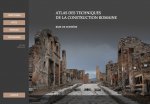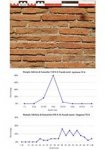
ACoR : Atlas of Roman Building Techniques
This project aims to develop an atlas of Roman construction techniques.
• Supervisor in AOROC : Hélène Dessales
• Documentation system administrator : Agnès Tricoche
In the interest of analyses of cultural transfers, this atlas was designed to reveal phenomena that point to the creation and circulation of construction techniques throughout the Roman Empire, on a large chronological and geographical scale.
As such, the atlas stems from the ACOR database (Atlas of Roman construction techniques). Its primary reference sites comprise Pompeii, Rome, Ostia, Aquileia, Mérida and Italica. These case studies are led by an international team, which has also produced the core scientific protocol of the database. Eventually, the database that groups all primary reference sites will be available online for consultation and application to other sites. It will be associated with a mapping device and a dictionary / manual explaining terminology choices and how to use the atlas, which should be published in 2018.
The query mode of the database / GIS is gradually structured with a zooming-in effect: territory; site; building; construction; intervention; construction element. The fields from the database specifically dedicated to construction techniques were selected according to the logical order of construction steps in order to reproduce construction strategies used by Ancient builders: preparation of the land; foundation; elevation; floor; ceiling; roofing; bay windows; service structure; arch; traces left by certain construction methods.
The main goal of this project is to create a new typology of Roman construction techniques by combining these different parameters. The designing of the database and mapping devices are developed by the Digital Humanities Department of the TransferS excellence laboratory (Labex).








